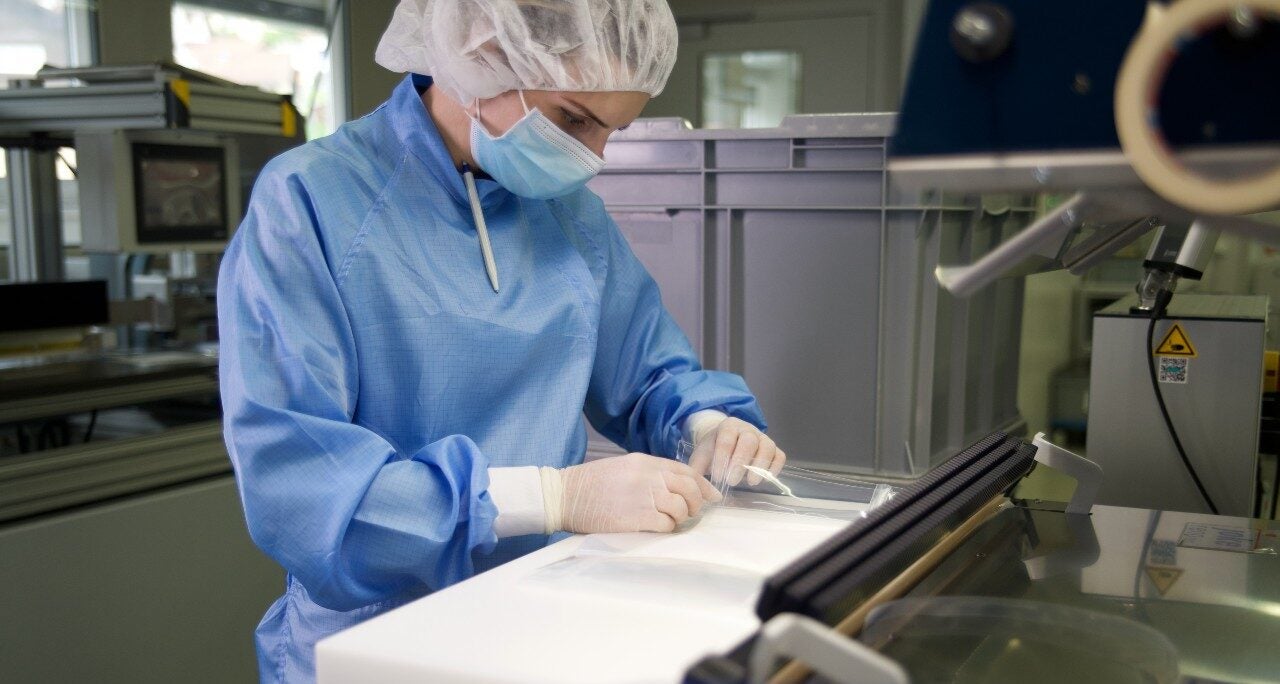
An updated study has recently shone light on the increasing burden of wound care on the UK’s National Health Service (NHS). Published last year, ‘Burden of Wound Care’ by Guest et al outlines the prevalence and cost of wounds in the year 2017/2018. The findings build on those of a previous study conducted in 2012/2013 – and the figures are concerning.
According to the study, the NHS handled 3.8 million patients with wounds in 2017. This number has grown by 71% over the last five years. Linked with the country’s growing and ageing population, this large increase in wound prevalence has put significant pressure on the UK health system, which was forced to substantially increase resource use over this period.
The assessment and treatment of wounds is a nurse-led discipline. Therefore, the reality of managing their increased prevalence involved 54.4 million district nurse visits, 53.6 million healthcare assistant visits, and 28.1 million practice nurse visits in 2017.
These numbers represent another huge leap from 2012 figures. In particular, healthcare assistant visits increased by more than 10,000%. Associated costs of these visits are high, with wound care management costing the NHS a total of £8.3bn in 2017.
Nonhealing wounds
Guest et al estimates that 70% of wounds healed in the study year. For chronic or slow-healing wounds, this was only 49%. The presence of infection lowered the percentage even further, to 45%. On the other hand, the healing rate of acute wounds was unaffected by the presence of infection.
An ageing population is thought to be behind the high levels of unhealed wounds. According to Public Health England, patients aged over 80 experience twice the morbidity rate of those aged 60 to 64, which is twice that of those aged 20 to 24. Associated comorbidities, particularly diabetes and poor nutrition, are also on the rise in the UK and around the world. The result can mean a 35% reduction in wound healing time.
How the right dressing can help
The ever-increasing burden of wounds on national healthcare systems around the world must be taken seriously. One way to do this is through the use of high-quality wound dressing solutions that can help to alleviate the challenges around wound care management, including infection and slow healing.
Sefar is a leading provider of precision woven mesh fabrics. Developed to meet the high demands of the medical fabric market, SEFAR MEDIFAB® products are suitable for direct and indirect body contact in challenging wound care applications. The open mesh fabrics are made from biocompatible polyamide 6.6 and polyester monofilament yarns, which absorb excess exudate from the wound quickly.
SEFAR MEDIFAB® is the optimal dressing solution for speeding up the healing process of chronic wounds. The fabrics are non-adherent and gentle to the wound’s fragile granulating tissue. Dressing changes are kept to a minimum, further reducing the number of nurse visits to the patient’s home. As a result of all this, the overall cost of therapy can be minimised.
The production of SEFAR MEDIFAB® fabrics meets all the manufacturing and hygiene requirements of the healthcare industry, including ISO10993 certification and FDA, USP and GMP standards and regulations. All Sefar medical fabrics are medical washed and hemolysis and LAL-tested.
SEFAR MEDIFAB® help nurses to heal wounds in a timely, safe and comfortable way for patients. In the UK and around the world, the weight of the wound care problem continues to grow. As the global healthcare sector gears itself up for the challenge, Sefar is offering an instrumental tool to alleviate some of the burden the industry will face.
To find out more, download the whitepaper below.
Source:
Wounds UK (2021) Burden of Wound Care Made Easy: What does it mean for clinicians?


